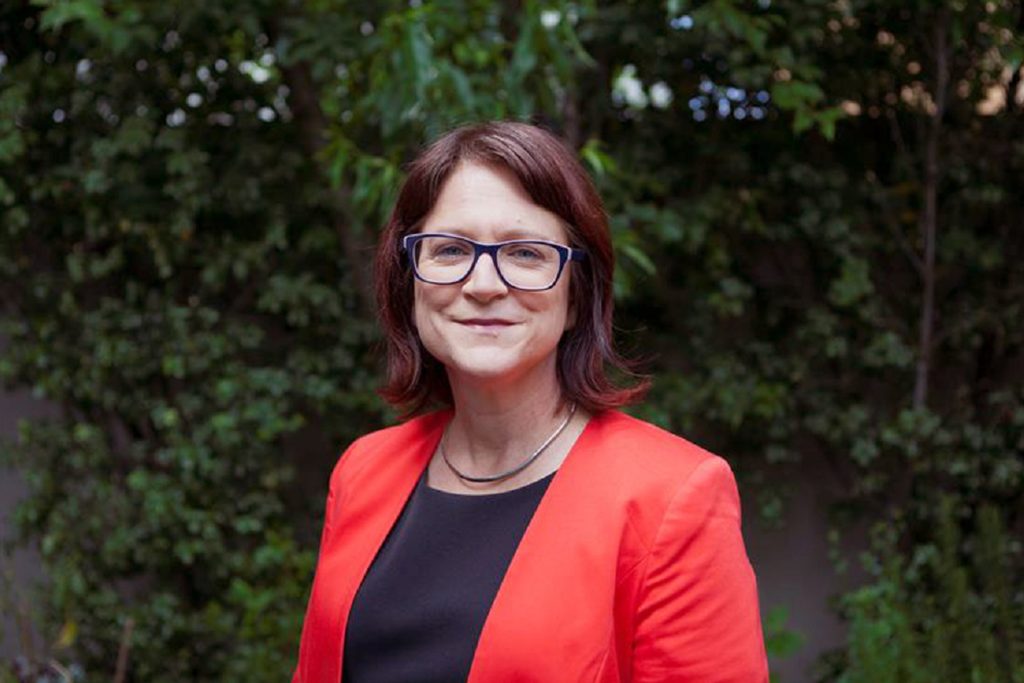Women’s advocates and victim-survivors will meet with political leaders and decision makers on Monday for the National Women’s Safety Summit. The Summit is part of consultations for the next National Plan to Reduce Violence against Women and their Children, a 12-year plan which maps out Australia’s long-term response to keeping women safe.
The virtual nature of the summit is an urgent reminder that too many women who are relying on its outcomes are currently trapped in homes with violent partners, with limited options for escape.
Last April, in the first month of Victoria’s hard lockdown, Victoria Legal Aid set up a priority family violence phone line to respond to concerns that COVID-19 restrictions and court closures were increasing safety risks for people experiencing family violence and preventing them from accessing legal information and advice. In its first year our staff heard from over 11,000 people living in extraordinarily difficult situations. Sometimes they whispered into the phone, some simply hung up before we could reach them.
While governments across Australia have recognised and responded to the increased risk victims of family violence continue to experience during the pandemic, this issue is not new. As Australians now know too well, each week on average one woman is murdered by her current or former partner. Many of these women were caught up in protracted family law proceedings, trying to find agreement on splitting up property or ongoing care arrangements for their children. Indeed, victims of family violence are 16 times more likely to have a family law issue than other community members.
As legal assistance organisations and the Australia’s National Research Organisation for Women’s Safety (ANROWS) have pointed out, a woman leaving a violent relationship is often left to navigate the legal system on her own, because the chronically under-funded family law system cannot offer her legal representation and paying for a private lawyer is far too expensive.
Legal aid is meant to be the safety net when people can’t afford a lawyer, particularly for people who have experienced family violence and might be at risk of other legal problems like homelessness and child protection issues. But there is an increasing gap between those who qualify for legal assistance and those who are able to pay for a private lawyer: while 14% of Australians live below the poverty line only 8% are eligible for legal assistance.
Accessible legal services are desperately needed in family law where many people can’t afford to pay for ongoing family law advice and representation themselves. While the Australian Government injected $100 million into the Family Law Courts in its May 2021 budget, there was no matched funding for already-stretched legal services.
With an increase in family violence and separations occurring during the pandemic and demand on the family law system remaining high, the time for the government to commit to adequate resourcing of family law legal services is overdue. My hope is that the Women’s Safety Summit will be the catalyst for change.
***
Support female-led journalism and join Women’s Agenda Extra today where you’ll gain access to a free 6-month subscription to digital library Scribd, with access to more than 2 million eBooks, audiobooks, podcasts, mag titles, sheet music and much more.
***
Research from ANROWS in late 2020, found that 82 per cent of cases in the family law courts involving self-represented litigants included allegations of family violence. Yet the same study found that victims who had to represent themselves generally struggled to adequately document their experience of family violence in their affidavits, and experienced considerable pressure to settle for unsafe or unsatisfactory outcomes. In many cases, because they did not have a lawyer, they were simply unaware of what support is available at the family law courts.
One of the study’s participants, Jenny said, “The fear of just being in the same room as somebody who wants to kill you overshadows everything … No one should have to go through this … and I know so many women especially have not been able to do it.”
Yet, the solutions are known. Since 2015 there have been more than five inquiries into the family law system. Experts have been consulted, victim-survivors have spoken out, recommendations have been made, the family law courts have introduced positive changes. A range of programs are showing real benefits, by providing an early and appropriate response to victims of family violence, but they need to be expanded to reach more people.
One of these is Legally Assisted Family Dispute Resolution which plays a key role in preventing matters from reaching court, reducing costs, delay, and stress for families.
Now is the time for the Australian Government to seize the opportunity the National Women’s Safety summit presents to show its commitment to achieving a safe, accessible family law system.
Two urgent changes that would improve the experience of victims of family violence in the family law system are:
- Funding the legal sector to meet the increasing demand for legally aided advice and representation
- Investing in expanding initiatives that are already showing real benefit, such as
Legally Assisted Family Dispute Resolution, to reach more women who have experienced family violence.
Women who leave violence show extraordinary courage. We must support them and their children with a safer and fairer family law system. Let’s hope an outcome of the Women’s Safety Summit is a government commitment to the safety of women who have experienced family violence when they enter family law proceedings.


